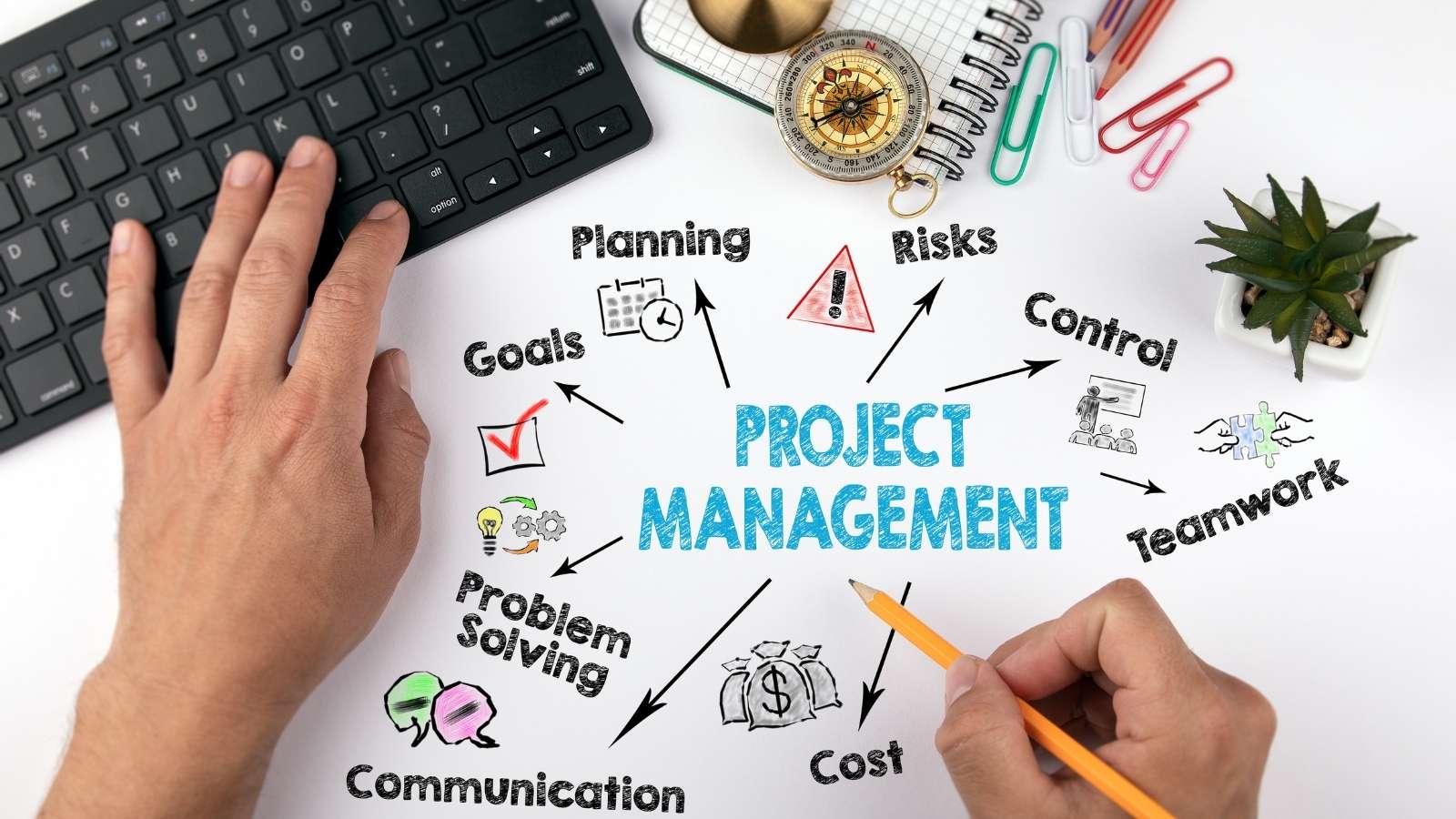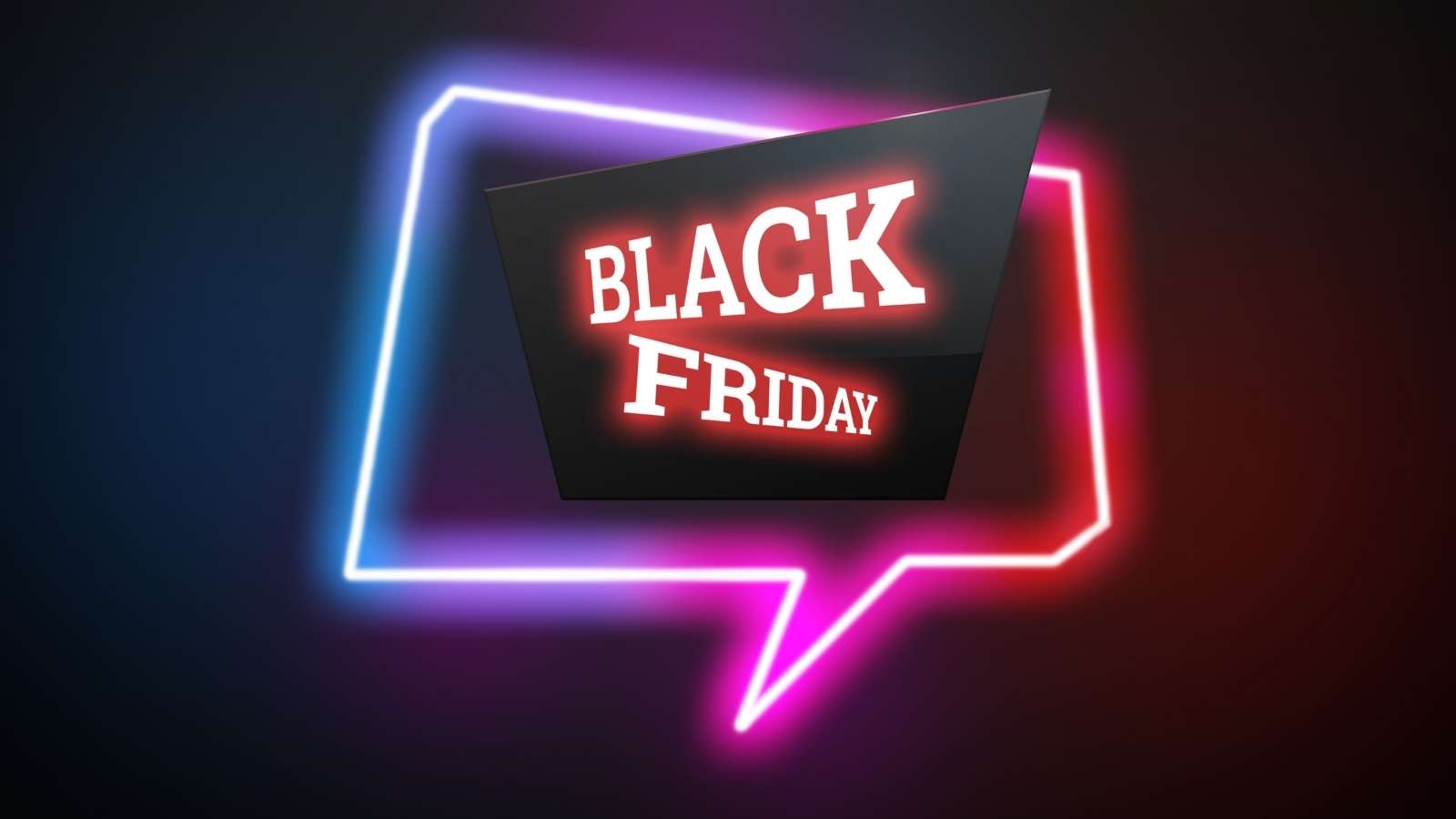
Small businesses don’t have the same resources as larger scale firms. While large corporations have many different departments, small business owners often tend to play many different roles at once. That can be overwhelming. However there are tools, resources and partners that can make the endeavor much easier. Let’s see how.
Outbound and inbound marketing
Marketers have the challenge to attract, engage and retain their potential customers. That’s exactly what you need to do, too, and you have two powerful allies: inbound and outbound marketing. Outbound marketing refers to any kind of marketing where a company initiates the conversation and sends its message out to an audience. Inbound marketing focuses on attracting customers by creating and distributing relevant content that helps companies reach their goals.
Displaying ads, for instance, would be outbound marketing. Publishing content for your audience to find it, meanwhile, would be the main idea of any inbound marketing strategy.
Getting started
Many small businesses focus exclusively on inbound marketing, but running relevant ads will help you improve results. An inbound-outbound combination would be the ideal scenario. However, this is not always possible.
The first step will always be to know your audience. Who are you talking to? The more you know about your customers, the better. Knowing how they behave and what they want will help you define channels and messages.
The message should be in line with your goals and KPIs. Imagine that you have an online shop. Your main goal is to sell your products. Easier said than done, right? But if you set specific milestones (e.g. scaling sales by 10% within the next three months), things will be easier.
Crafting strategies for small businesses
Once you know your audience and have an idea of your message, you can identify the channels, too. The main question you should ask is: How do customers buy these products?
The most common inbound channels include:
- Blogging
- Website
- Social Media
- Emails
- Press releases
- Podcasts
- Content collaborations
The most common tactics include:
- SEO
- Branding
- Virality
- Referral
- Reviews

Maybe not all these channels are relevant to you or your audience. In order to limit the amount of work and to avoid unnecessary efforts, it is key that you choose only the channels where your potential customers can interact with your content.
Advertising or not advertising?
Apart from creating loads of interesting content in different formats, should you invest in advertising?
Ranking your website or blog on Google’s first page is tough work and can take some time. Ads can help people find your business, but also your content and your products. Social and Google ads and native and video formats could complement your content creation efforts.
In other words: if you want people to find you, you need to be visible. Ads can accelerate the process by creating awareness for small businesses and attracting potential customers in a complementary way. However, your content needs to be relevant and engaging. This way, when your potential customers arrive at the landing page after clicking on your ad, they will be happy to contact you or register to receive your newsletter. They will also share your content and return to your page. This way you will be able to reach more people and to retain your potential customers.
How can I do digital marketing as a small business?
Creating a combination of inbound a outbound marketing strategies. As a small company, it may be difficult to start a conversation, so the easiest way to start in digital marketing is by focusing on creating a website blogging, social media or email marketing.
What's the difference between inbound and outbound marketing?
In outbound marketing, the company is the one that starts a conversation by sending a message to its audience to sell a product or service. Inbound marketing, on the other hand, refers to all methods that a company uses to gain users through the creation of content and experiences.










